 ---
---

Interpolation can be seen as a low pass filtering. Depending on the kind of filtering, one can get many different interpolation methods.
What follows is a case study showing the expansion by 4 in both dimensions and four interpolation methods: nearest-neighbor, linear, ideal and butterworth. In all cases the spectrum is calculated to give a better understanding of its frequency components.
 ---
---

Making a geometrical expansion by 4, using the equation g(4x,4y) = f(x,y), where f is the original image and g is the expanded. The other pixels of g are left as zero.
Below is the expanded image and its spectrum:
 ---
---

We can note that the DFT of the expanded image was replicated by 4. This can be explained by recalling the DFT scaling property and remembering that the DFT is periodic.
The interpolation process must filter higher frequencies of the expanded image in order to preserve the original ones. If on the original image the minimum period possible was 2 pixels (by the Nyquist criteria), in the 4 times expanded image we should have the minimum period as 8 pixels. It is necessary to filter the image with a cutoff period of 8.
We can use four different low pass filters:
Also called pixel replication and zero order interpolation.
 *
*
 =
=
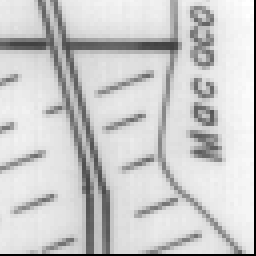 ---
---
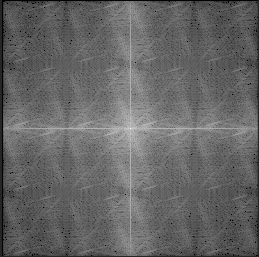
.
 * 1/16
* 1/16
 =
=
 ---
---
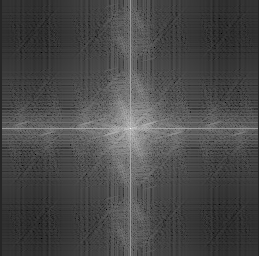
 x
x
 =
=
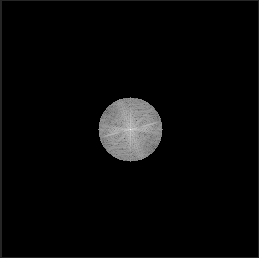
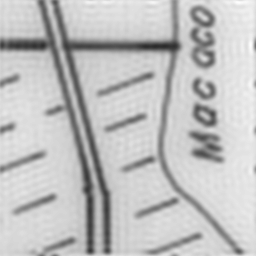
 x
x
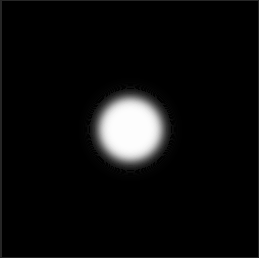 =
=
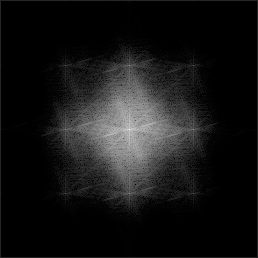
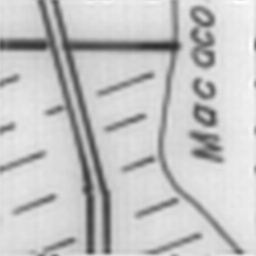
 ---
---

 ---
---

Left: Ideal,____ Right: Butterworth